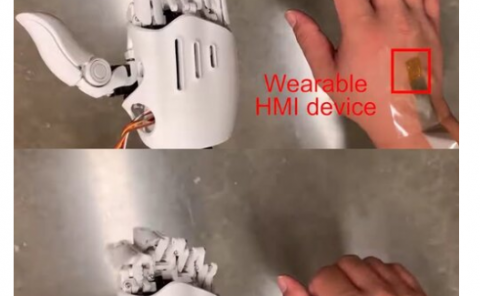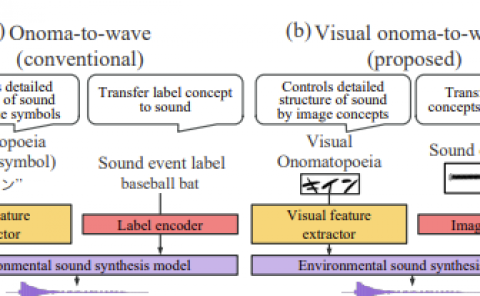Latency impact on Quality of Experience in a virtual reality simulator for remote control of machines
PubDate: September 2020
Teams: Mid Sweden University;HIAB AB;Alkit Communications AB ; Realistic 3-D Research Group
Writers: Kjell Brunnström;Elijs Dima ;Tahir Qureshi ;Mathias Johanson;Mattias Andersson;Mårten Sjöström

Abstract
In this article, we have investigated a VR simulator of a forestry crane used for loading logs onto a truck. We have mainly studied the Quality of Experience (QoE) aspects that may be relevant for task completion, and whether there are any discomfort related symptoms experienced during the task execution. QoE experiments were designed to capture the general subjective experience of using the simulator, and to study task performance. The focus was to study the effects of latency on the subjective experience, with regards to delays in the crane control interface. Subjective studies were performed with controlled delays added to the display update and hand controller (joystick) signals. The added delays ranged from 0 to 30 ms for the display update, and from 0 to 800 ms for the hand controller. We found a strong effect on latency in the display update and a significant negative effect for 800 ms added delay on latency in the hand controller (in total approx. 880 ms latency including the system delay). The Simulator Sickness Questionnaire (SSQ) gave significantly higher scores after the experiment compared to before the experiment, but a majority of the participants reported experiencing only minor symptoms. Some test subjects ceased the test before finishing due to their symptoms, particularly due to the added latency in the display update.



